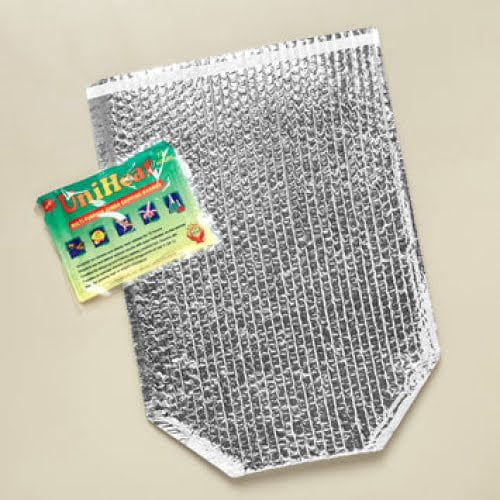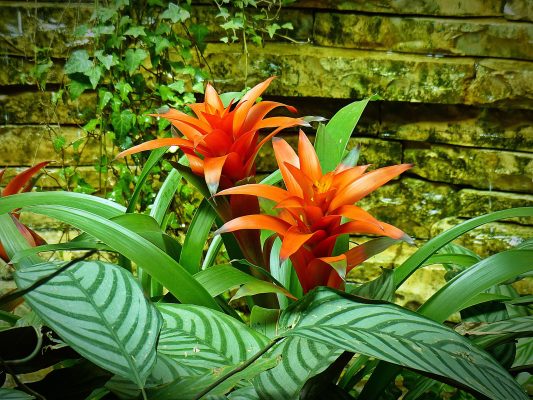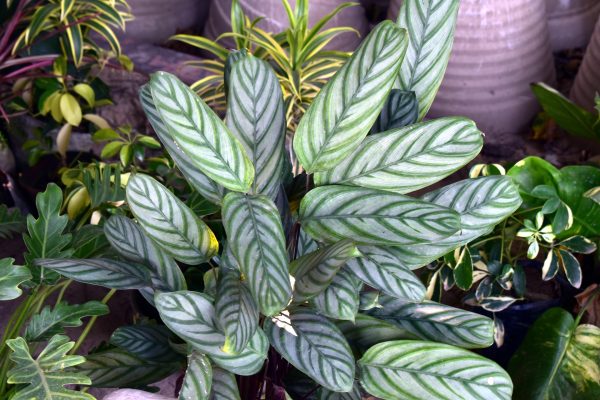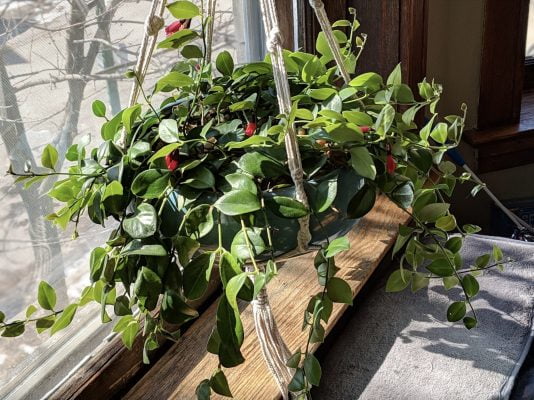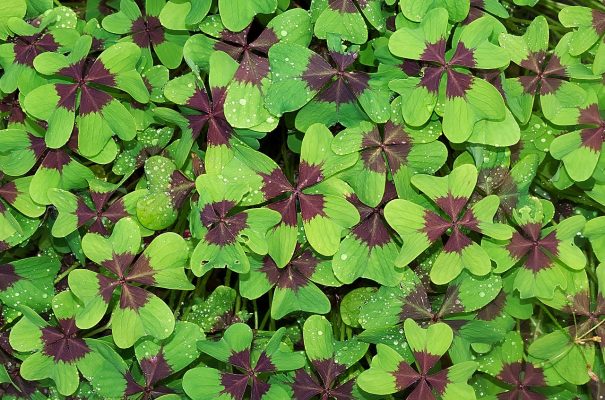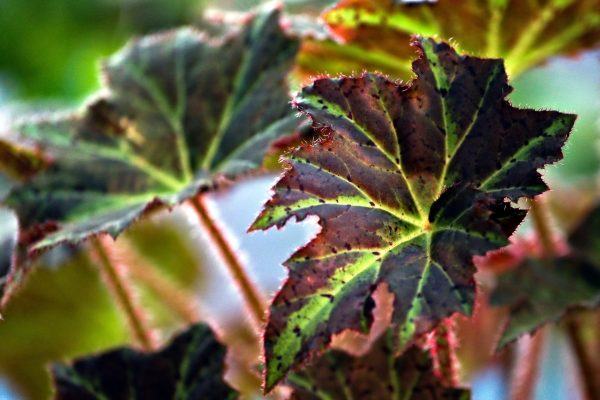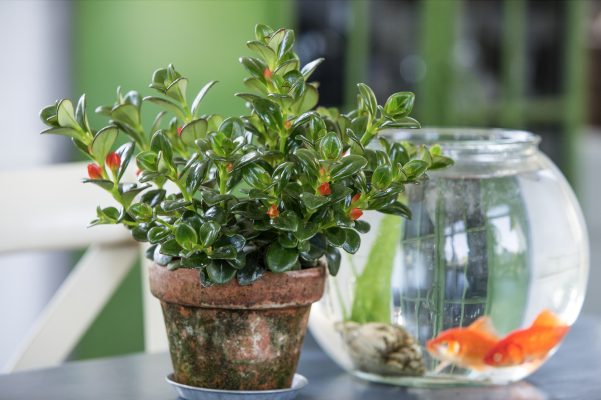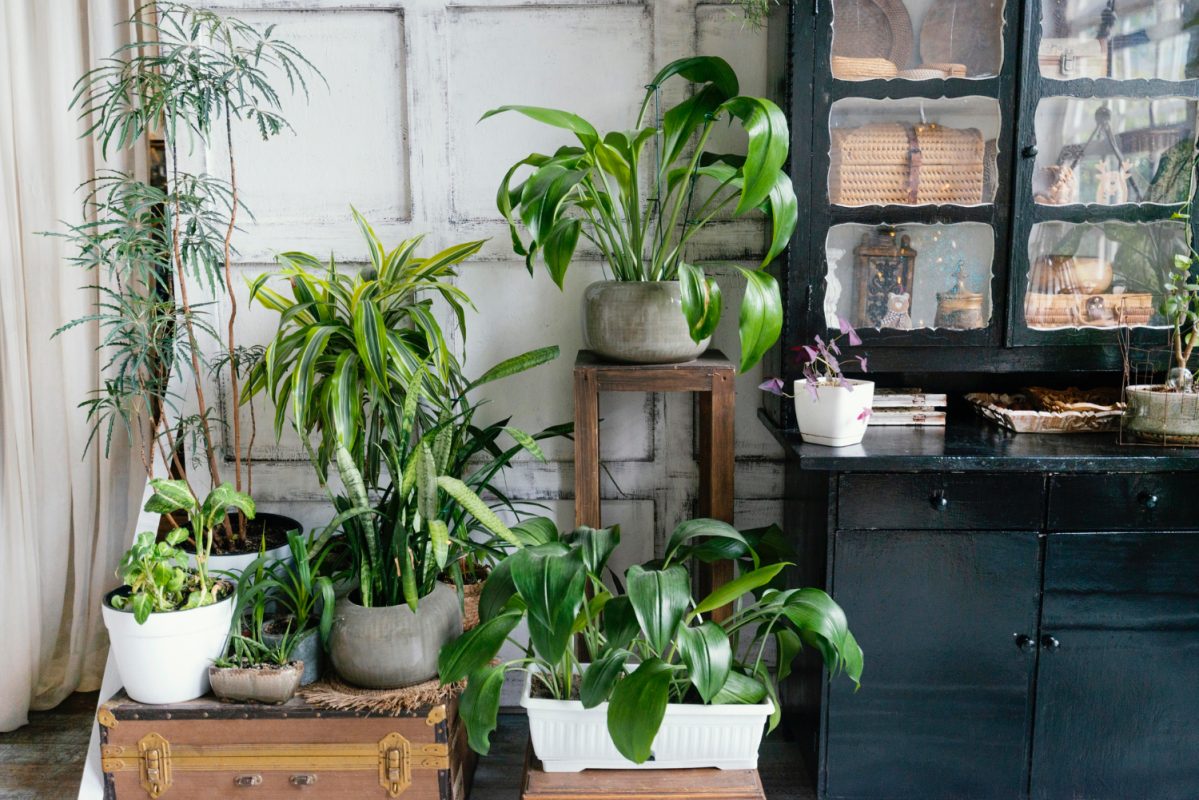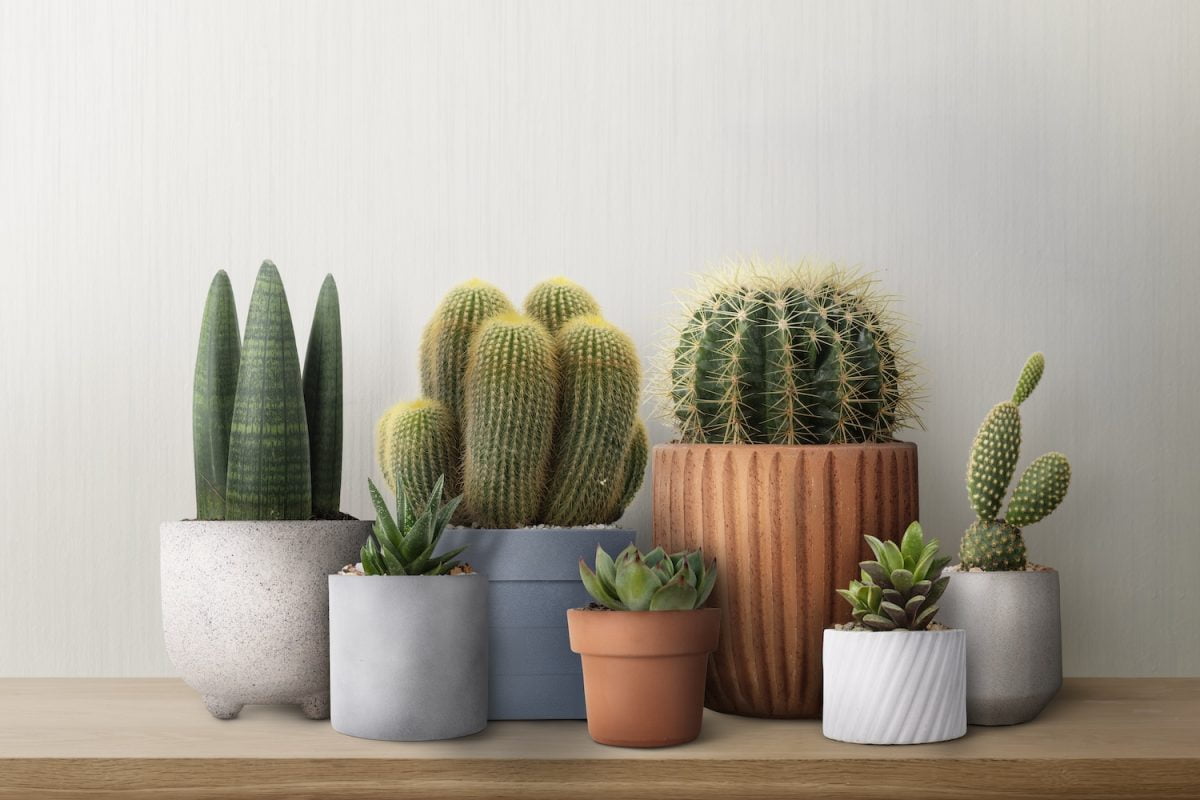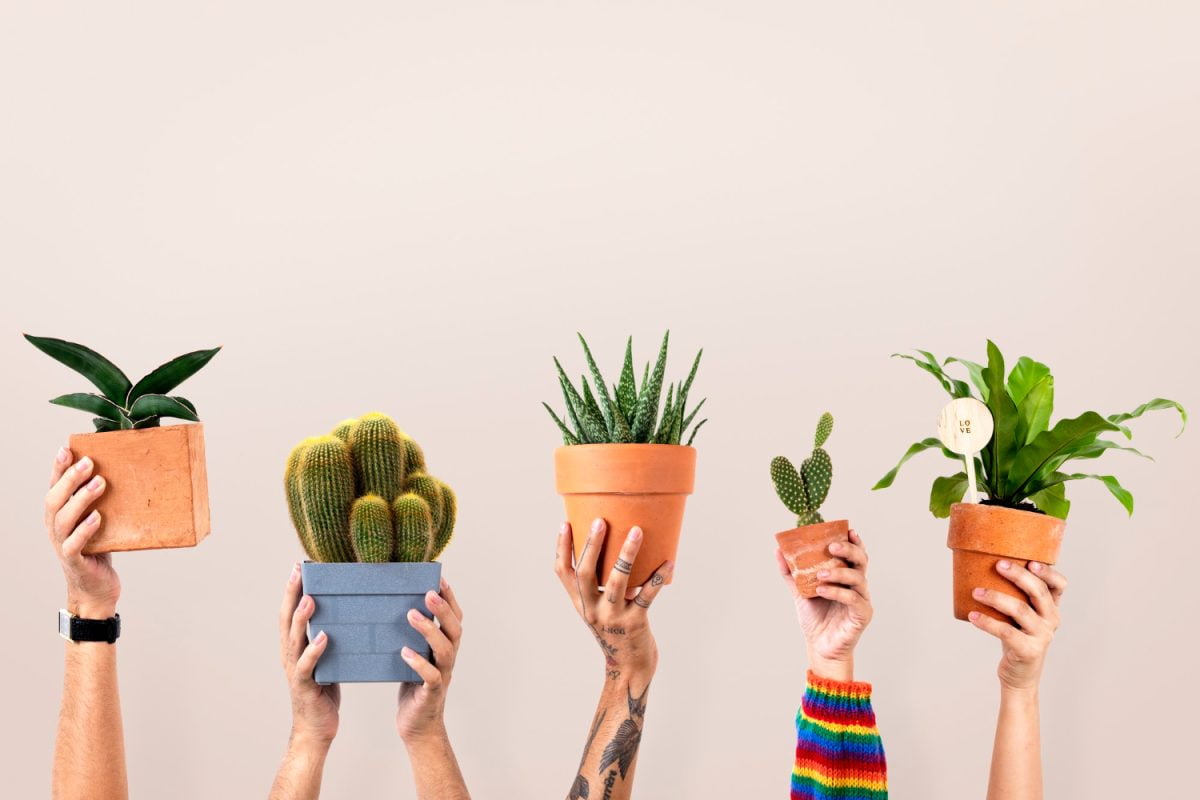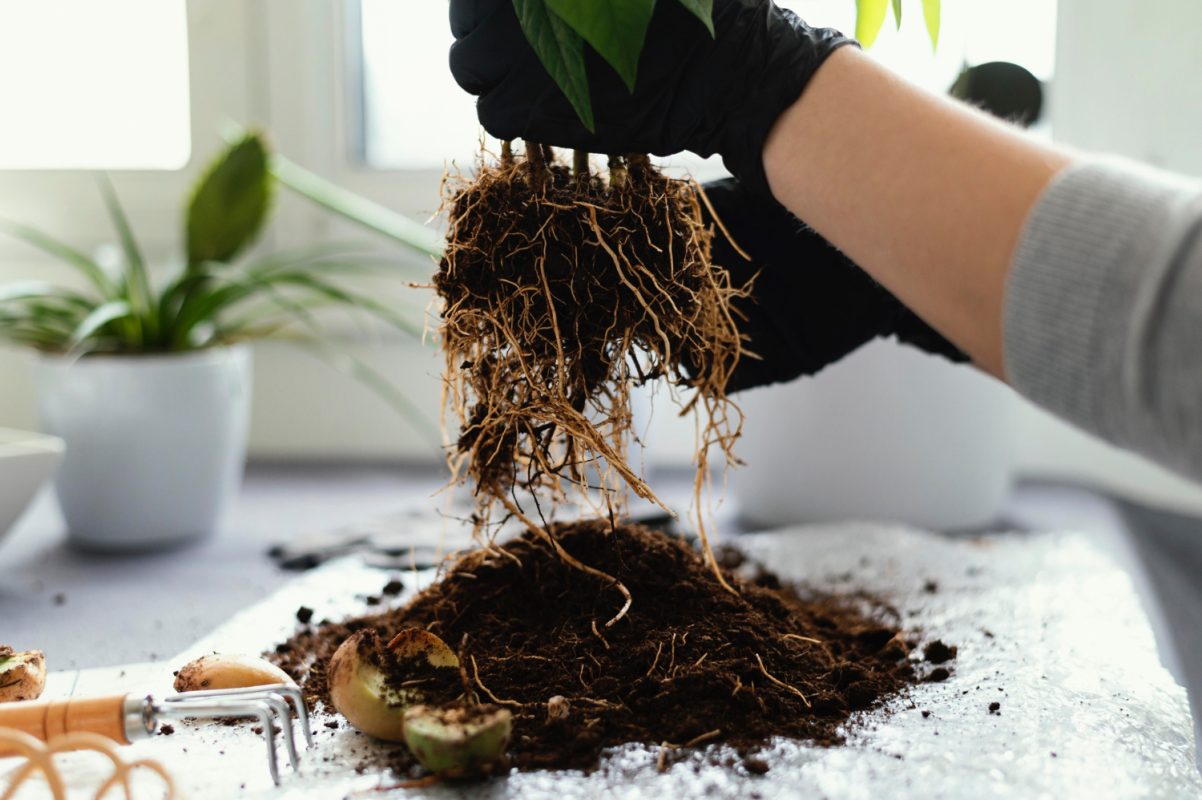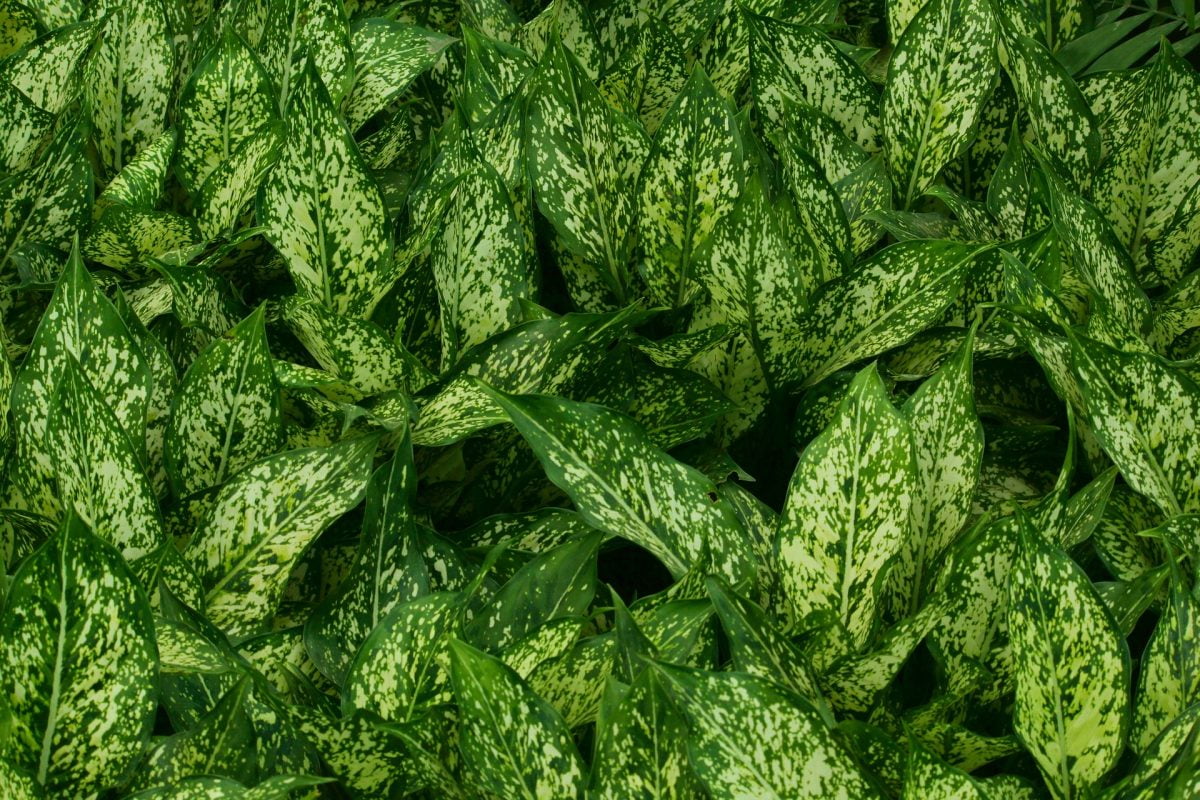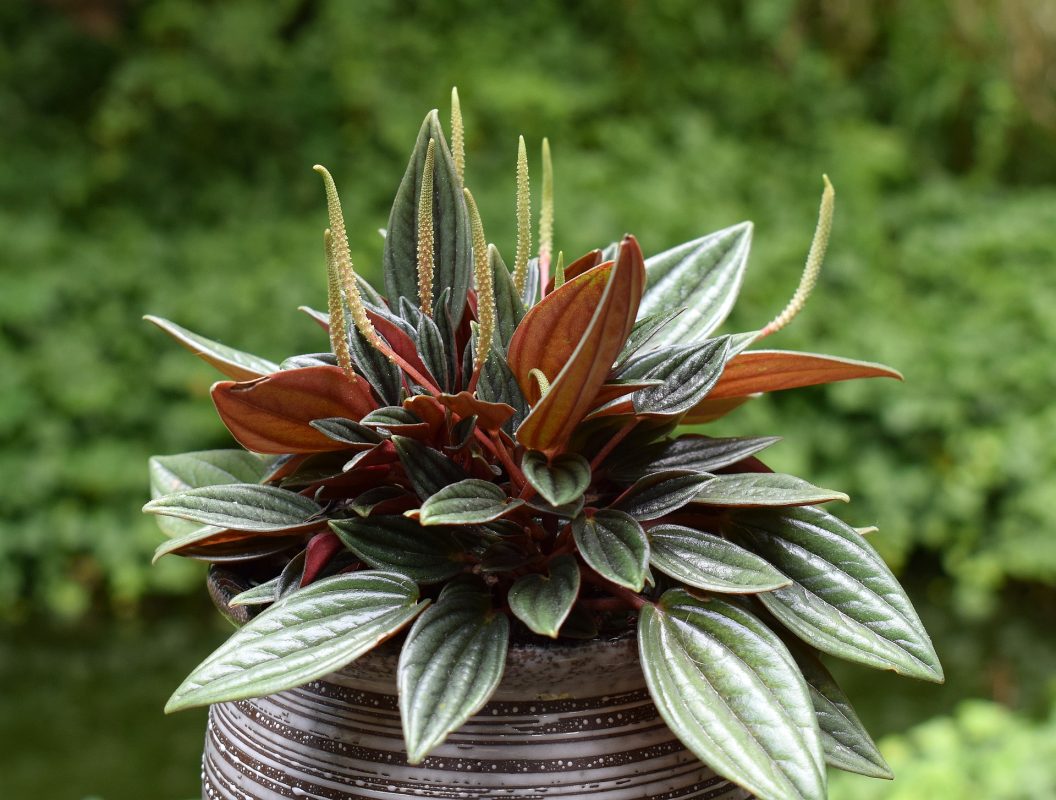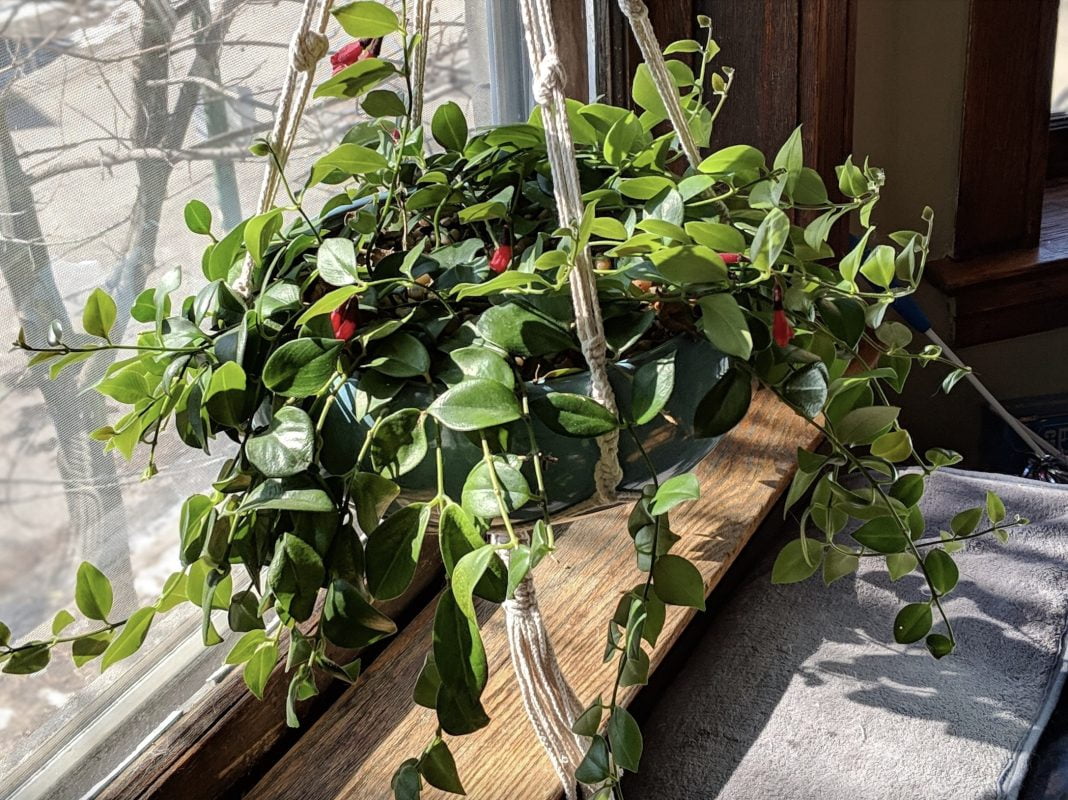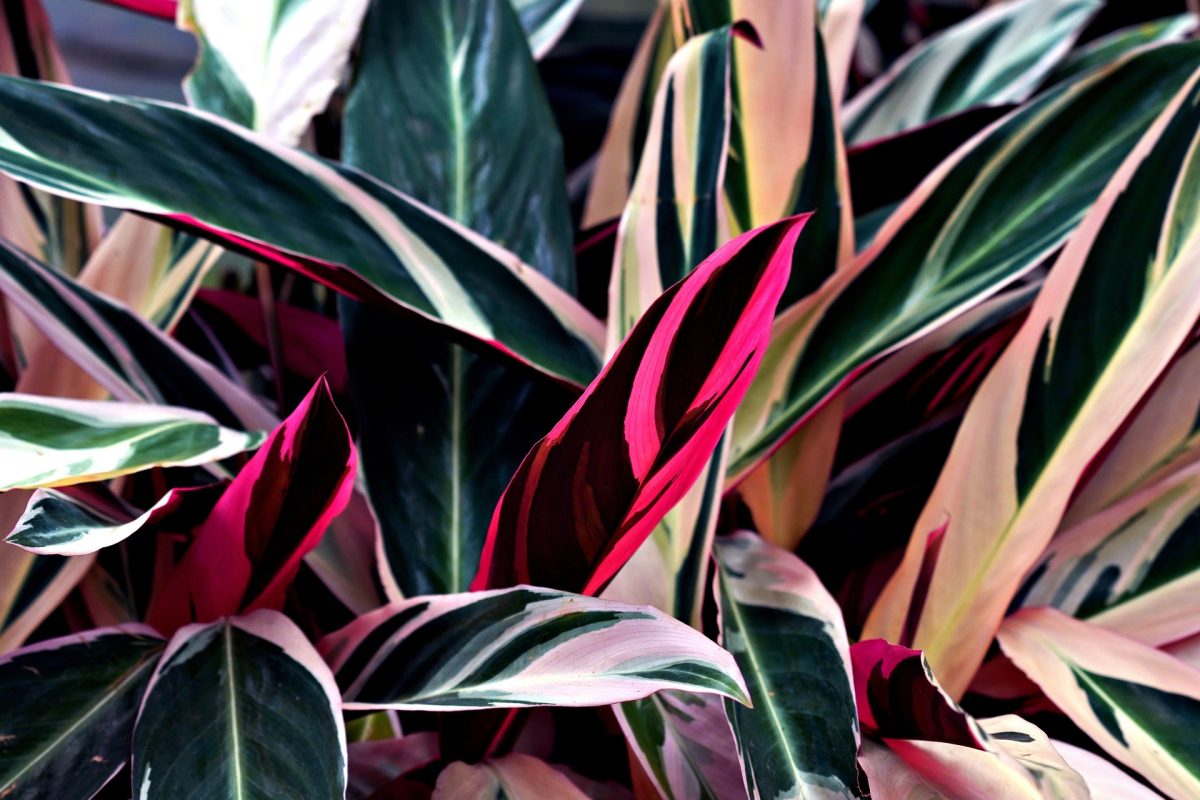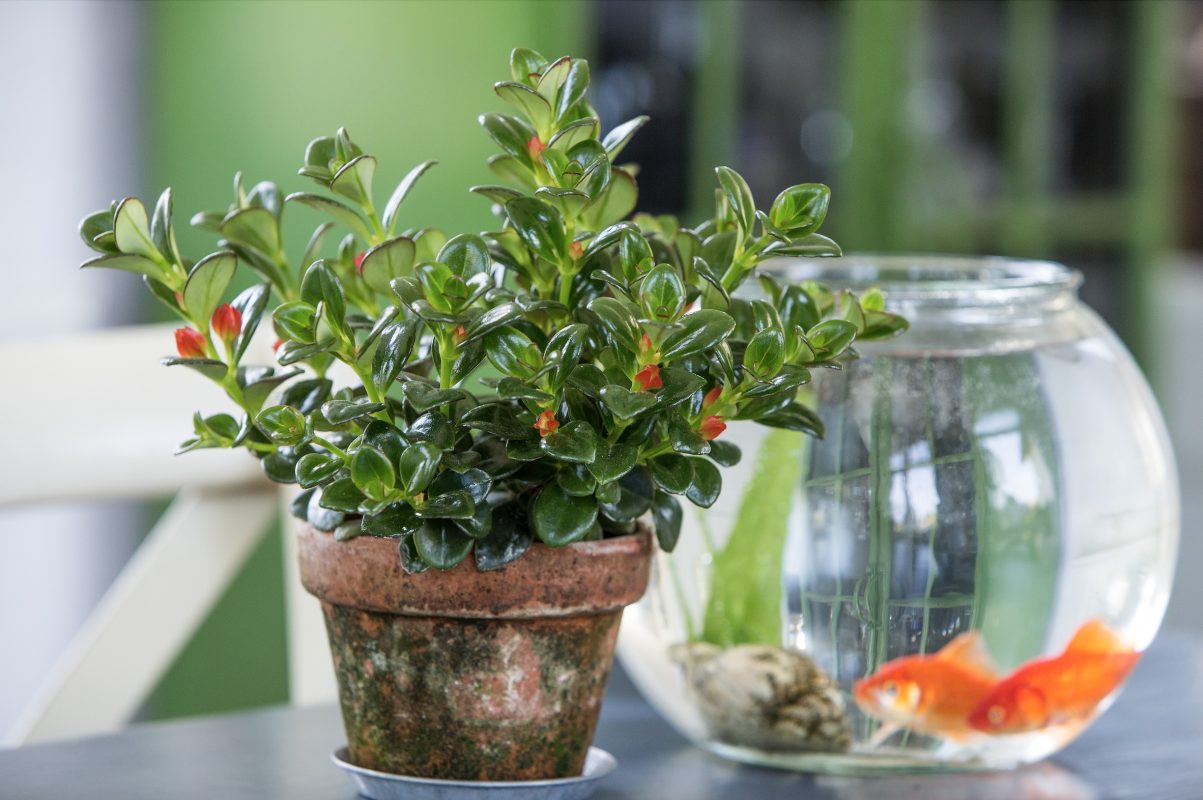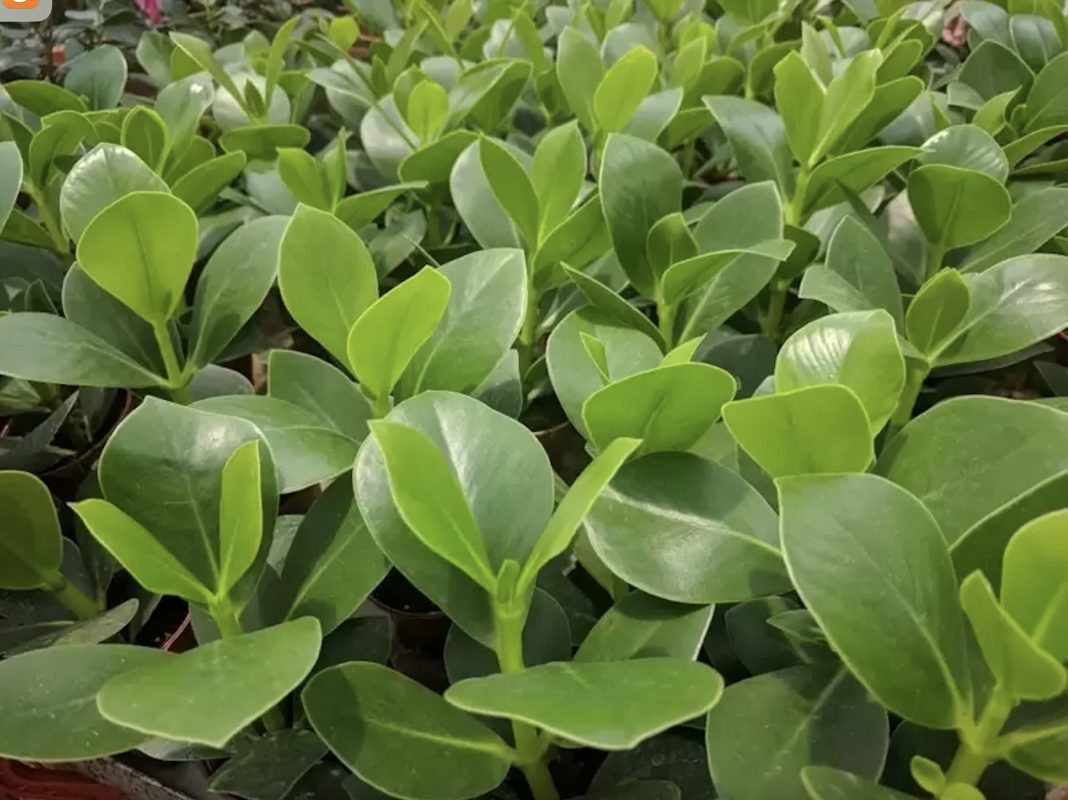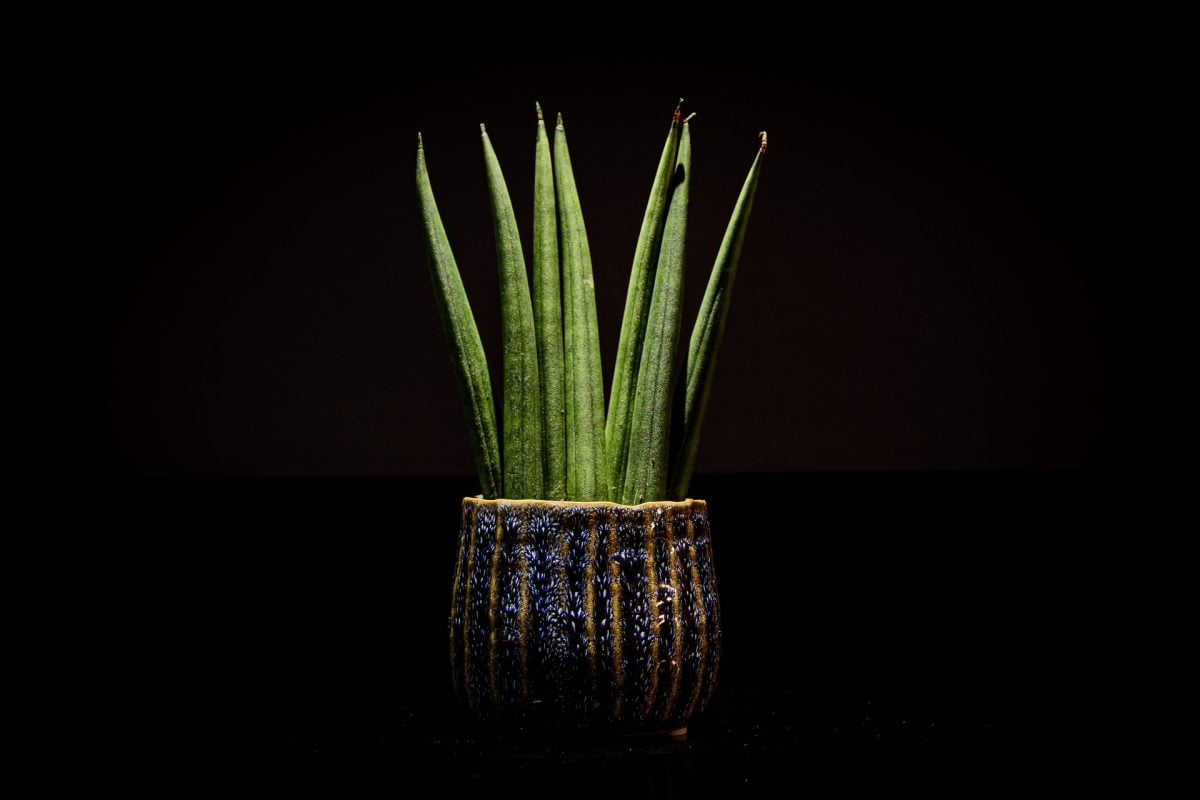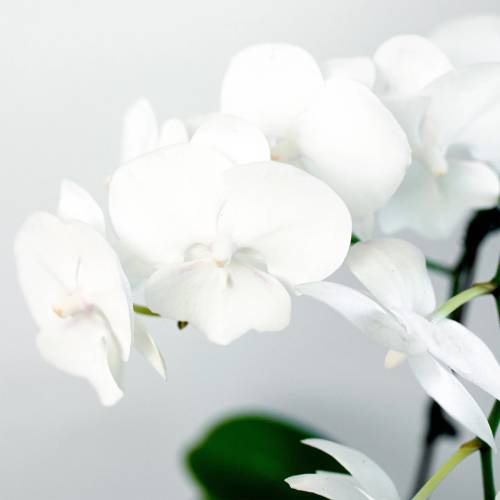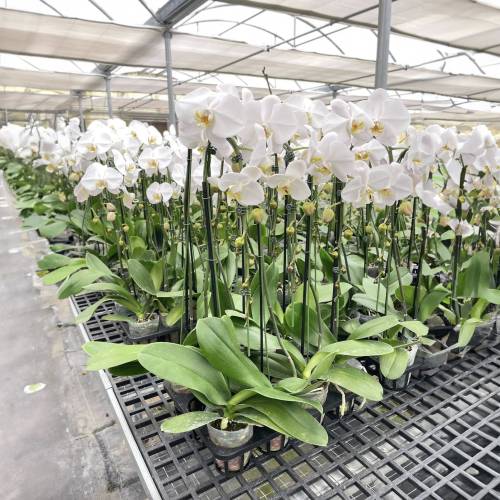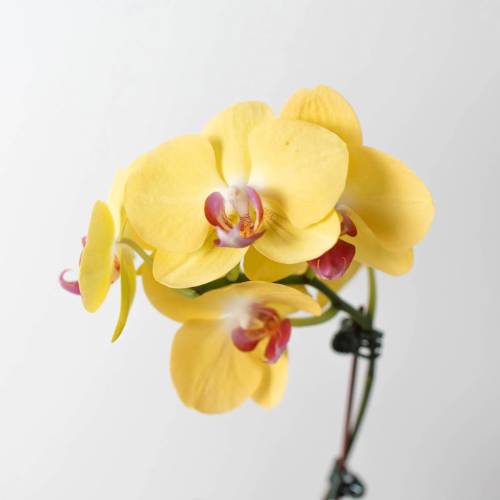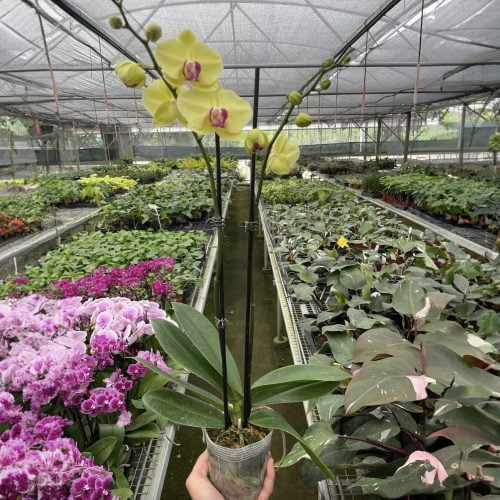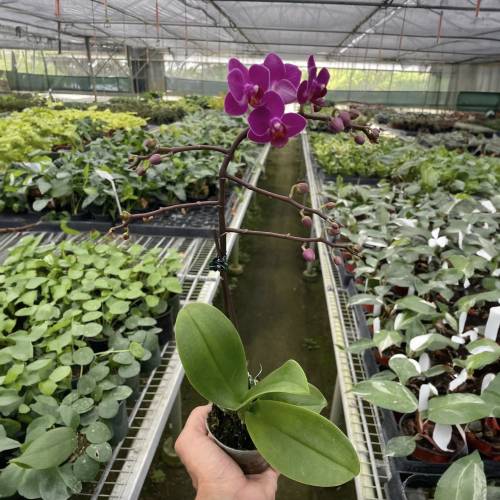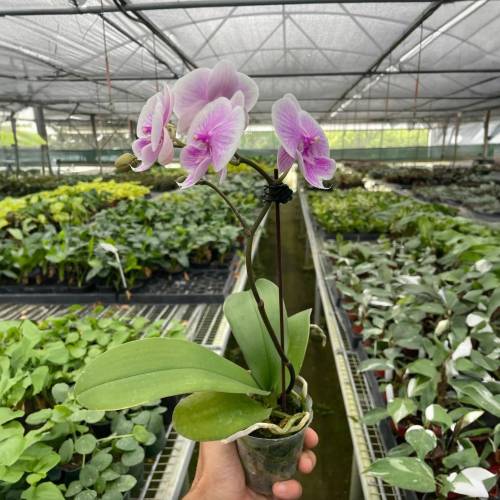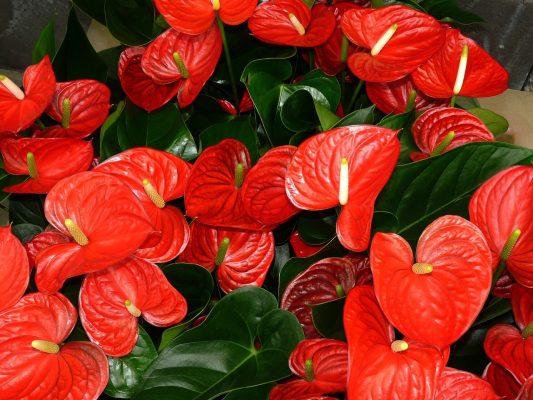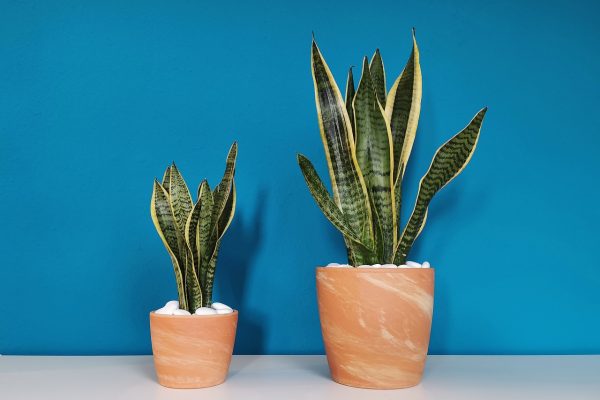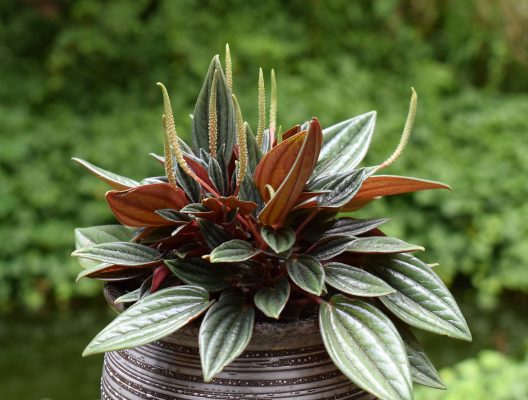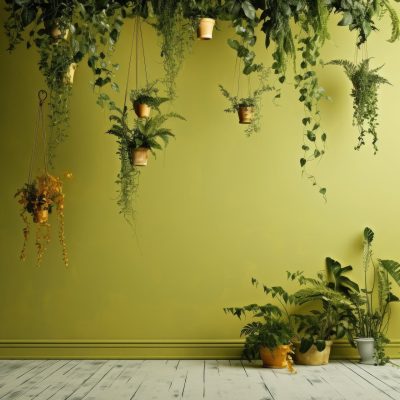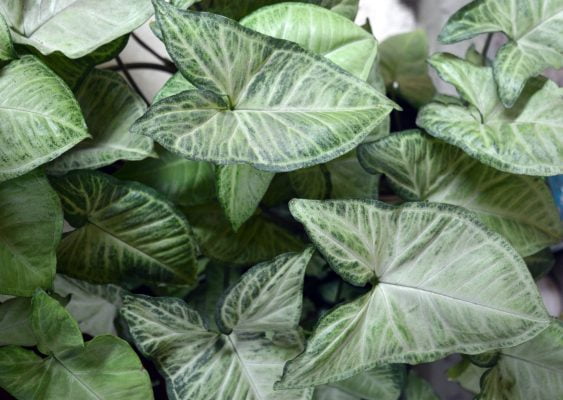The Orchid, renowned for its exotic beauty and captivating blooms, is a symbol of refined elegance. This comprehensive care guide is your key to elevating the allure of Orchids, guiding you through the steps to cultivate these exquisite plants, encourage stunning blossoms, and transform your indoor space into a sophisticated oasis of floral elegance.
I. Plant Overview:
- Scientific Name: Orchidaceae (family)
- Common Names: Orchid
- Origin: Orchids are found in various ecosystems worldwide.
II. Light Requirements:
- Ideal Conditions: Bright, indirect light. Orchids thrive in filtered sunlight.
- Tolerance: Adaptable to lower light conditions, but blooms may be affected.
III. Watering:
- Frequency: Allow the Orchid’s potting mix to dry slightly between waterings.
- Water Quality: Use room-temperature water. Avoid waterlogged conditions.
- Humidity: Orchids prefer higher humidity levels. Regular misting or placing a humidity tray is beneficial.
IV. Soil:
- Type: Well-draining orchid mix, such as bark or sphagnum moss.
- pH Level: Slightly acidic to neutral (pH 6.0-6.5).
V. Temperature and Humidity:
- Temperature: Maintain a warm environment between 65-75°F (18-24°C) during the day and a slight drop at night.
- Humidity: Orchids thrive in higher humidity. Consider using a humidifier for indoor care.
VI. Fertilization:
- Schedule: Feed every 2-4 weeks during the growing season (spring and summer).
- Fertilizer: Use a balanced orchid fertilizer, diluted to half strength. Reduce fertilization in the dormant season.
VII. Pruning and Maintenance:
- Pruning: Trim spent flower spikes at the base after blooms fade.
- Cleaning: Wipe leaves gently with a damp cloth to remove dust. Remove any yellow or damaged leaves.
VIII. Repotting:
- Frequency: Repot every 1-2 years or when the Orchid outgrows its container.
- Procedure: Gently remove the Orchid, trim dead roots, and repot in fresh orchid mix. Choose a container with proper drainage.
IX. Common Issues and Solutions:
- Yellowing Leaves: Overwatering or underwatering. Adjust watering habits accordingly.
- Root Rot: Ensure proper drainage and avoid waterlogging.
- Pests: Monitor for spider mites or scale. Treat with insecticidal soap or neem oil.
X. Display Tips:
- Place Orchids in decorative pots or hanging baskets to showcase their elegance.
- Arrange Orchids in groups for a striking display.
- Experiment with different Orchid varieties to diversify your collection.
Cultivating Orchids is an art that adds a touch of refined elegance to your indoor oasis. This guide empowers you to care for Orchids, ensuring they thrive and grace your space with their exquisite blossoms. Happy gardening!
our recommendation
you may also want to know



